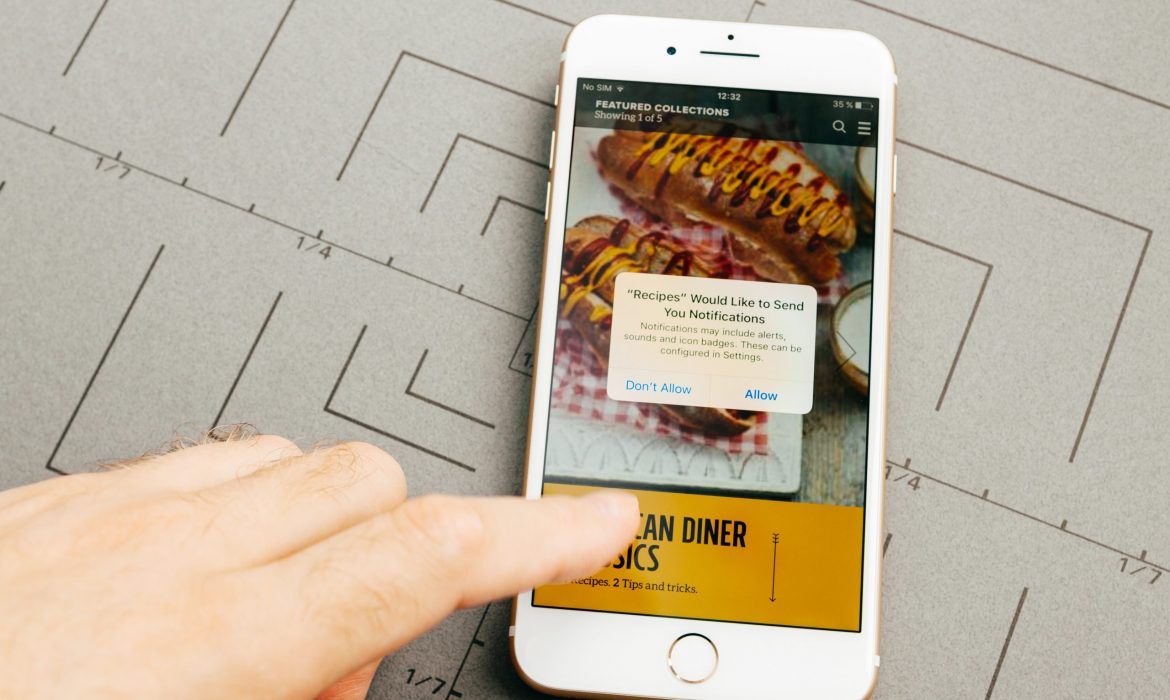
How to use In-App Messaging to Retain Customers
When it comes to guaranteed ways to reach your audience, in-app messaging is one of the least intrusive and most effective methods available. Research shows that consumers spend 85 percent of their online mobile time inside an app.
For brands with mobile apps, this means being able to engage active users while using consumer behavior features to drive certain actions. This article will give you best practices and tips for creating an effective in-app messaging strategy to match your marketing goals.
What is In-App Messaging and Why Is It Important?
In-app messaging delivers messages to customers using the app in the app interface itself. These messages appear as pop-ups that can be placed at the top, middle, or bottom of the screen. In-app messages use a combination of images, text, and links. It’s similar to push notifications, but with more room for rich content and longer text. Top brands see them as an effective channel to reach customers with targeted CTAs, directing users to key areas of the app.
Since in-app messaging is based on analytics and contextual user behavior, it can be triggered based on user interactions. With its customizable structure, it is better at providing information based on user expectations, and provides a smoother progression from initializing to conversion.
In-app messaging should feel like a natural extension of the app itself, not additional marketing. It’s best done when it’s consistent with your brand and when user actions appear seamless. It’s worth the time to map and coordinate the location of the message on the screen, how the message was closed (depending on the time, scrolling action), and what it links to (news feed, web URL, deep link in the app).
These messages are seeing higher engagement rates as the audience is already engaged and somehow captivated. Whether you’re out to showcase app features, highlight a promotion, or increase in-app purchases, the ability to connect segmented users directly in a personalized way is critical.
How to Create an Effective In-App Messaging Strategy
In-app messaging is a great channel to connect with your customers, understand their preferences, and increase conversions. Now, let’s look at guidelines on how to approach your in-app messaging strategy to make the most of it.
Set Your Goals
In-app messaging should have clear and defined goals that are ready to be measured within the app itself. How will you understand the interaction? Understanding the funnel metrics of your broader omnichannel strategy and measuring user behavior patterns will be important when determining how to approach them.
Timing Is of The Essence
Given the use of marketing automation software, in-app messaging is often posted to drive a timed action. Messaging can also be linked to the user’s actions. An abandoned cart message campaign, a promotion on similar products while in the app store: These triggered responses can be very effective when delivered at the right time.
Segment Your Users
Top brands segment their users to increase engagement and overall user experience. Create segments around demographics, common behavior, device type, and special events.
Use in-app messaging along with push notifications and email to increase engagement. You’ll also be able to selectively target users for special offers that include campaigns that may not apply to your entire app audience. Past purchasing behavior such as session length and frequency, users who have added similar items to cart but never purchased: These features can help you best target the audience for your campaign. Identify the attributes that all campaign users should share. Segment by attributes to create the ideal audience.
Power of Automation
With segments in place, automation allows you to automatically enroll new users when they meet set criteria. These new users will now automatically receive the in-app campaigns they qualify for. That way, you never miss the opportunity to convert new users. Be sure to chain messages as well; this ensures that when users re-engage with an in-app campaign, they will receive appropriate messages.
